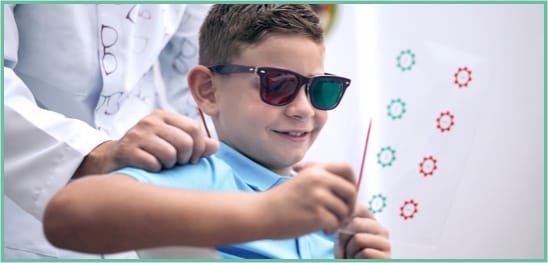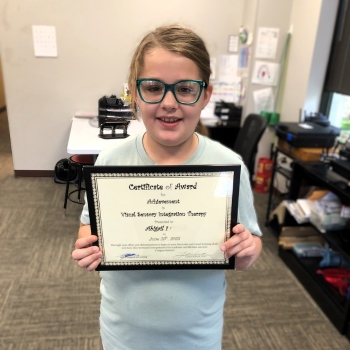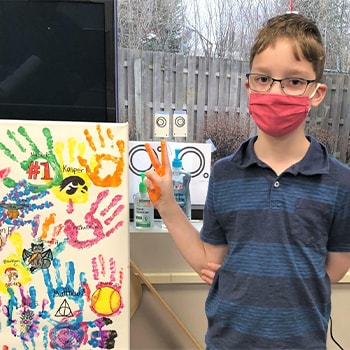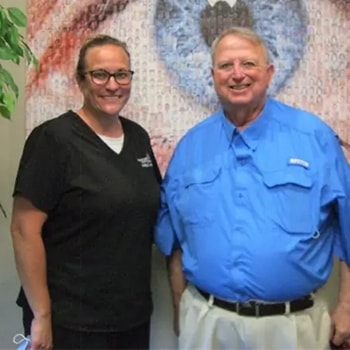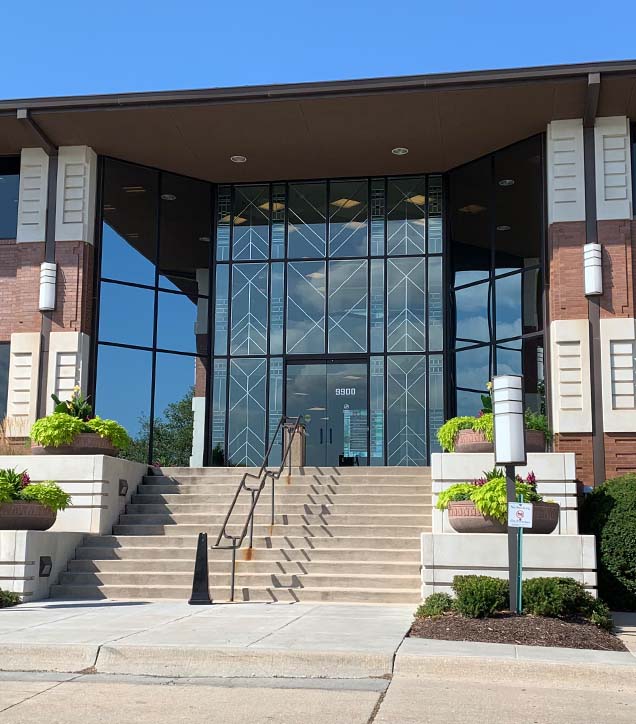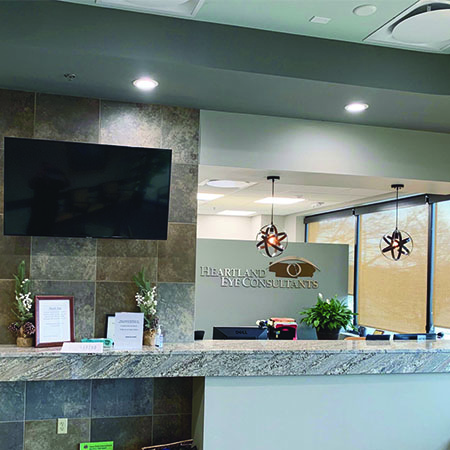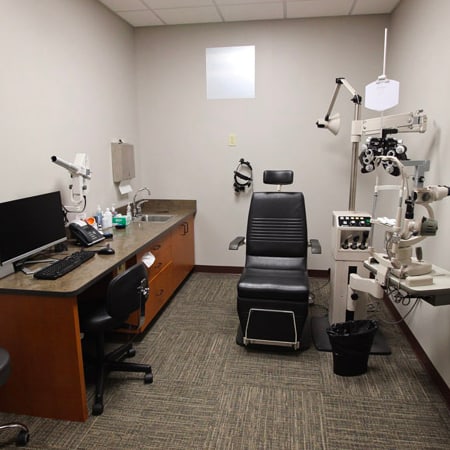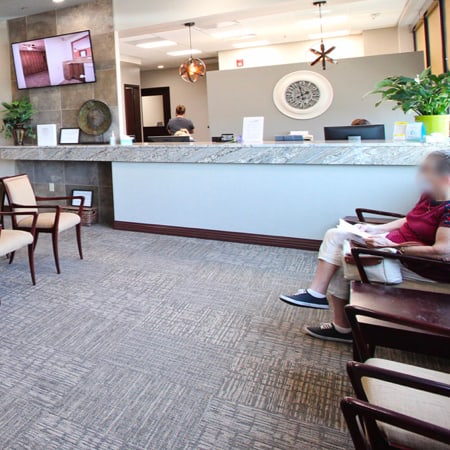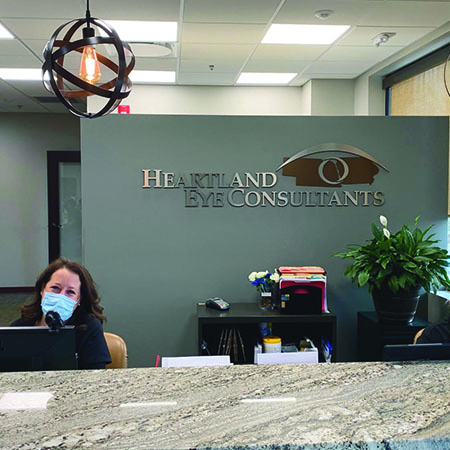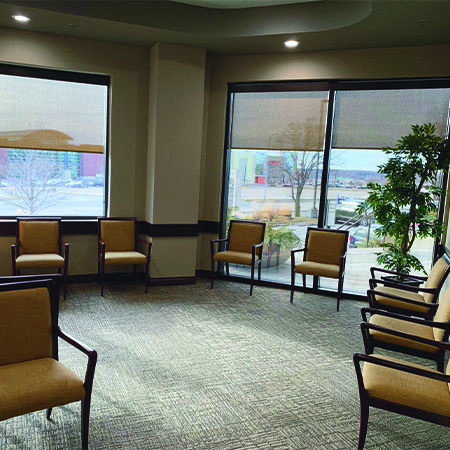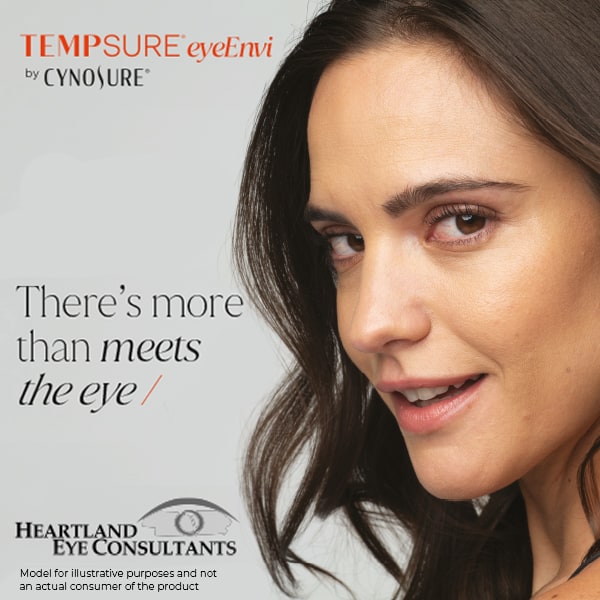It’s never too early to start thinking about safeguarding your vision from glaucoma. This common eye condition can lead to vision loss if not detected and treated promptly.
Unfortunately, there isn’t a surefire way to prevent glaucoma. But don’t let that get you down! There are steps you can take to reduce your risk and uncover this condition early. With regular eye exams as your first line of defense, your optometrist can help spot symptoms before you even notice anything’s amiss.
What is Glaucoma?
Glaucoma is a group of eye conditions that damage the optic nerve. Think of this nerve as the main cord carrying visual information from the eyes to the brain. If this nerve is damaged, that information can get lost or disrupted. Eventually, this can lead to vision loss, often with few warning signs until significant damage has already been done.
That’s why glaucoma is referred to as the “Silent Thief of Sight” and is one of the leading causes of blindness worldwide.
The most common types of glaucoma are caused by an increase in intraocular pressure (IOP). IOP is basically the fluid pressure inside your eyes, kind of like a water balloon, and your optometrist can measure the pressure during a comprehensive eye exam. When most people talk about glaucoma, they’re referring to damage from increased IOP, but other types can be more subtle:
- Open-angle glaucoma: 9 in 10 people with glaucoma in the United States have this type, also known as primary open-angle glaucoma. It develops slowly over time, and most people won’t experience any symptoms until the damage is quite severe. It happens when the drainage channels are open, but fluid still can’t flow out of the eye as it should. Over time, the pressure inside the eye builds up, causing damage to the optic nerve.
- Angle-closure glaucoma: Angle-closure glaucoma happens when the eye’s drainage becomes blocked, and fluid buildup occurs suddenly, causing a rapid increase in eye pressure. This can cause an acute angle-closure attack and lead to severe, but obvious, symptoms like blurred vision, eye pain, and nausea.
- Normal-tension glaucoma: Sometimes IOP is normal, yet the optic nerve still is damaged. This is known as low-tension or normal-tension glaucoma. Doctors aren’t sure what causes this type, though it may be related to heart problems.
- Secondary glaucomas: Secondary glaucomas develop as a result of another eye condition or injury. It can also result from systemic diseases like diabetes or the prolonged use of certain medications.
- Congenital glaucoma: Congenital glaucoma is a rare type of glaucoma that occurs in infants and young children. It can happen when birth defects in the eye’s drainage system cause fluid buildup. Typically, symptoms are immediately obvious, including cloudy eyes, sensitivity to light, and excessive tearing.
Glaucoma Symptoms
In most cases, glaucoma doesn’t have any obvious symptoms until the later stages. When symptoms start to appear, it’s usually a gradual loss of peripheral or side-vision, which can go unnoticed until significant damage has occurred.
However, angle-closure glaucoma can manifest rapidly and indicates you should contact a doctor immediately. Symptoms can include:
- Blurred vision
- Halos around lights
- Severe eye or forehead pain
- Decrease vision
- Eye redness
- Headaches
- Nausea or vomiting
Reducing Your Risk of Glaucoma
While anyone can develop glaucoma, certain factors can increase your risk. Here’s a rundown of some key risk factors for glaucoma:
- Age: Those who are over 40 years old are at an increased risk.
- Race/Ethnicity: Certain heritages are more likely to develop glaucoma.
- Family history: Glaucoma often runs in families. If someone in your family has glaucoma, your risk is higher.
- Medical conditions: Certain conditions like diabetes, high blood pressure, heart disease, and sickle cell anemia can increase your risk.
- Eye conditions: Having thinner corneas, chronic eye inflammation, or myopia (nearsightedness) can put you at a higher risk.
- Medications: Some steroid medications can increase the pressure in your eyes, which can lead to glaucoma.
- Lifestyle factors: Quitting smoking, maintaining a healthy weight, and being physically active can help lower your risk.
Remember, these are just statistical factors affecting risk. Having one or more doesn’t mean you’ll definitely develop glaucoma, but it can increase your chances. Many of them are things out of individual control. You don’t decide to be over 40 or choose your family history, but you can decide to get regular eye exams—and they can help detect glaucoma early on when it’s still easier to treat.
Glaucoma Treatments
Glaucoma treatment plans depend on the type of glaucoma and your unique circumstances. While there’s no cure for glaucoma yet, don’t lose heart. We can often successfully manage this condition by focusing on the main goal: lowering intraocular pressure.
There are several ways this can be done. One common method is prescription eye drops. These can help decrease eye pressure either by reducing the amount of fluid your eyes produce or improving how fluid drains from your eyes. If eye drops alone don’t do the trick, your doctor can prescribe oral medicines that may help to further decrease eye pressure.
If these methods aren’t enough, fear not! Laser treatment is another option. During this procedure, your eye doctor uses a laser to improve fluid drainage from your eyes.
And lastly, there’s surgery. One common type is trabeculectomy, which involves removing part of the eye’s drainage tubes to allow fluid to drain more easily.
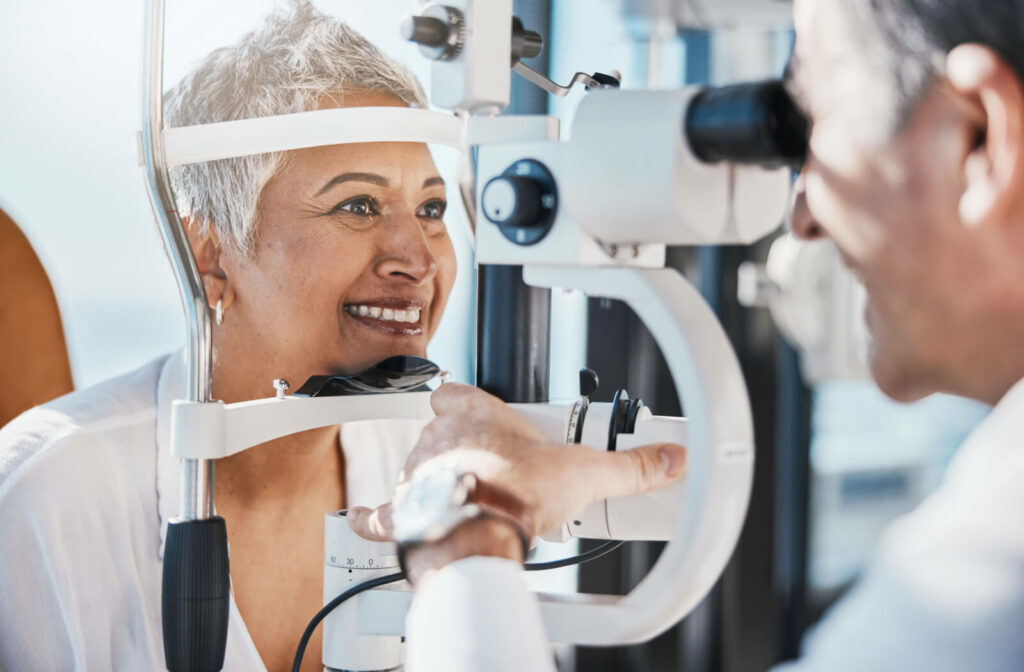
Personalized Glaucoma Management
While there is no guaranteed way to prevent glaucoma, understanding your risk factors and getting regular eye exams can help protect you from this surreptitious eye disease. If you’re concerned about your risk of glaucoma, book an appointment at Heartland Eye Consultants and ask about the steps you can take to help safeguard your vision.
Remember, early detection and treatment can help preserve your vision and prevent further damage. Let’s put you on the path to healthy eyes today!









